Viking
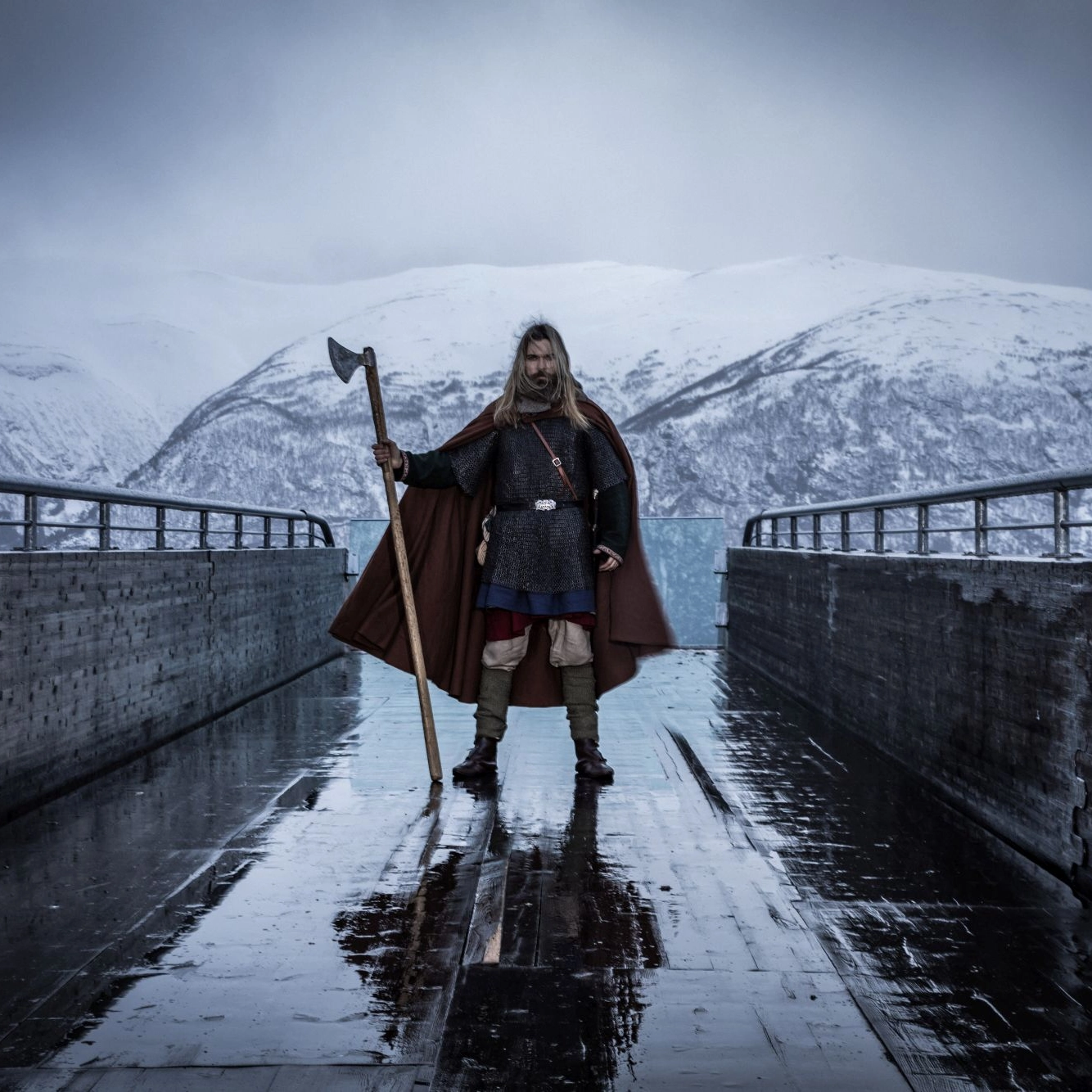
The Vikings were Norse seafarers that dominated trade in Northern Europe between the 8th and 11th centuries.
At the same time, these seafarers did in fact raid at any given opportunity and this led to the “Vikingr” name which effectively means raider or pirate in the old Norse language.

Get active like the Vikings
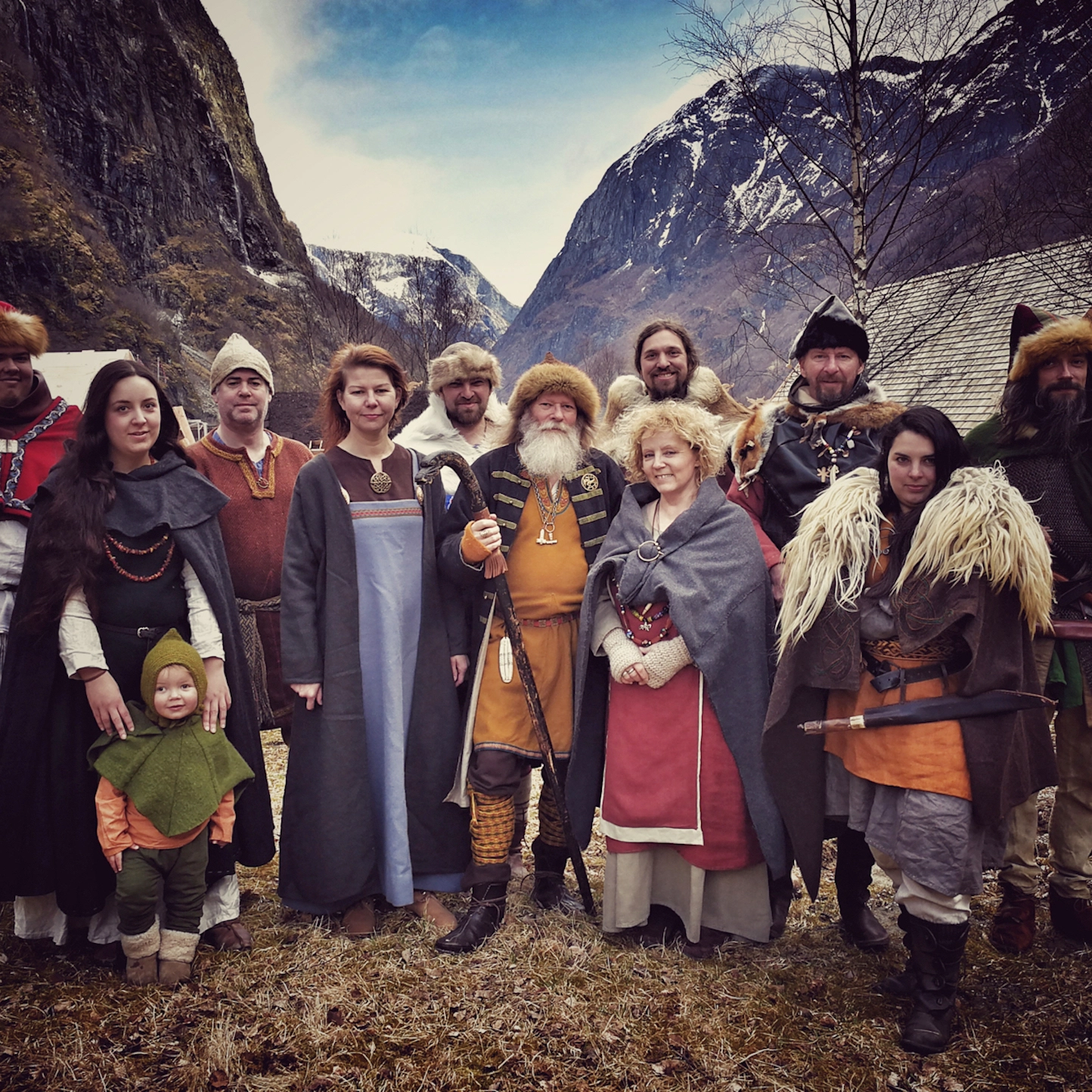
Viking Village Njardarheim in Gudvangen
Gudvangen • 2 hr
From 235NOK
Available all year
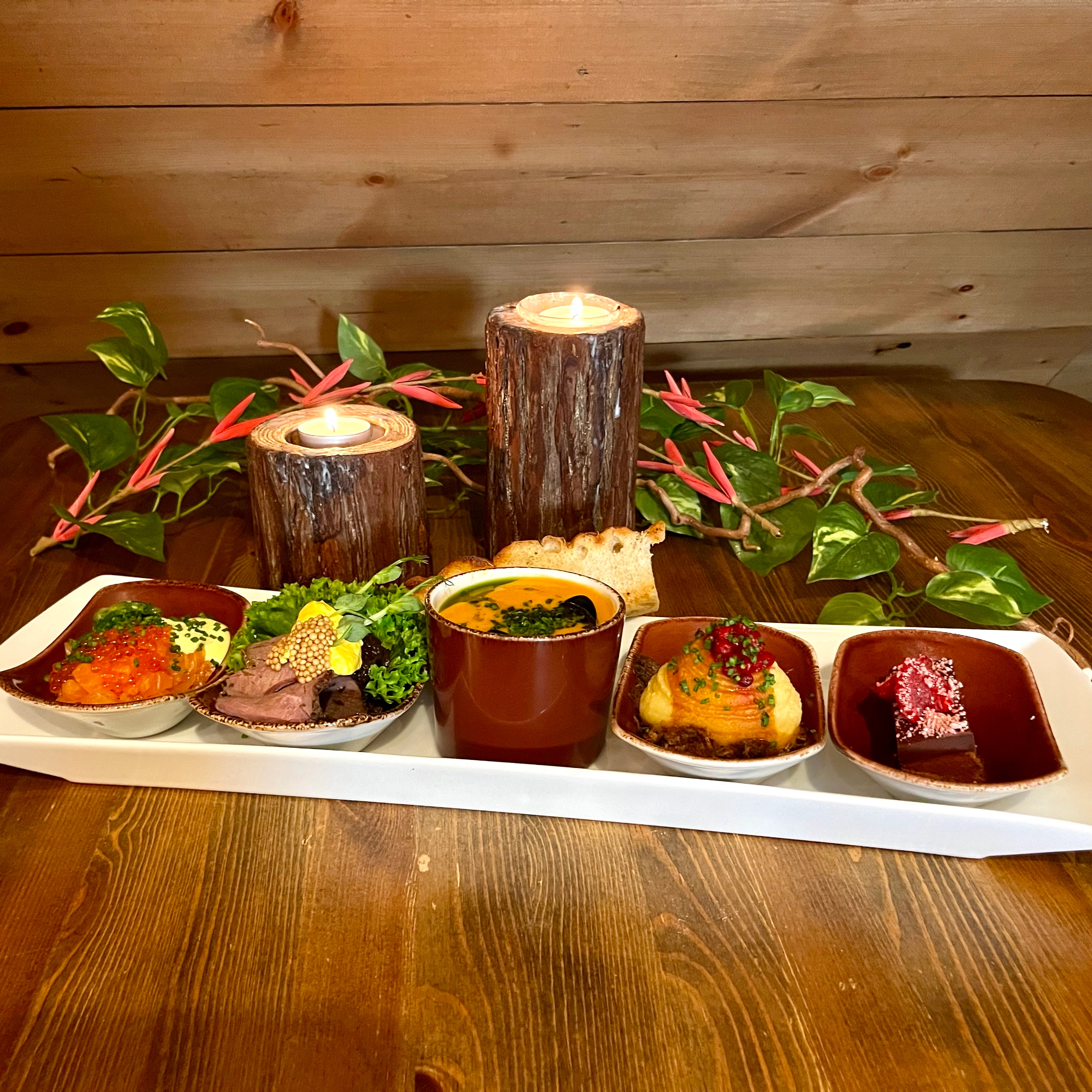
Viking dinner and beer experience in Flåm
Flåm • 1 hr
From 725NOK
Available 1 October - 31 March
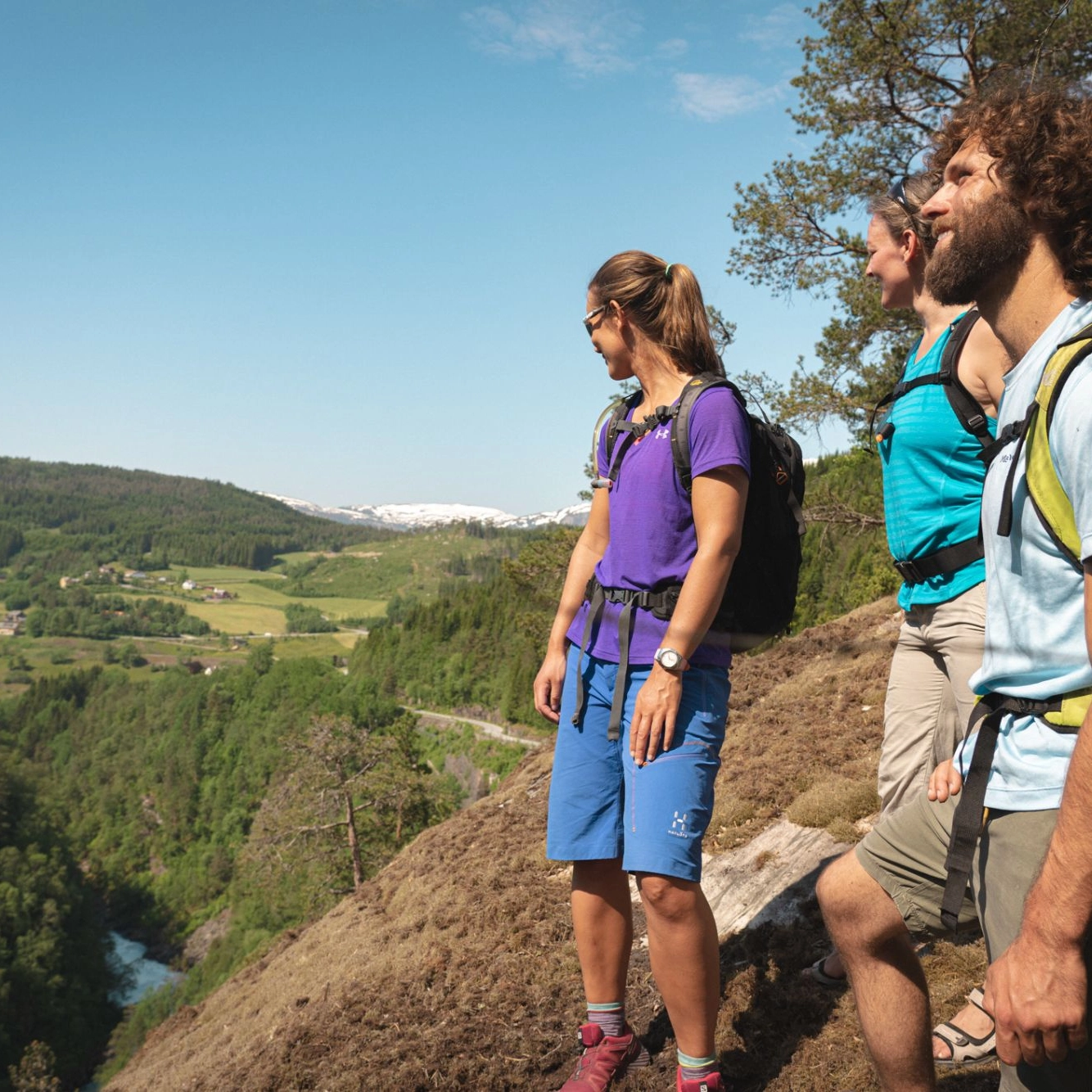
Guided viking trail hiking in Voss
Voss • 7 hr 30 min
From 2990NOK
Available 5 May - 25 October
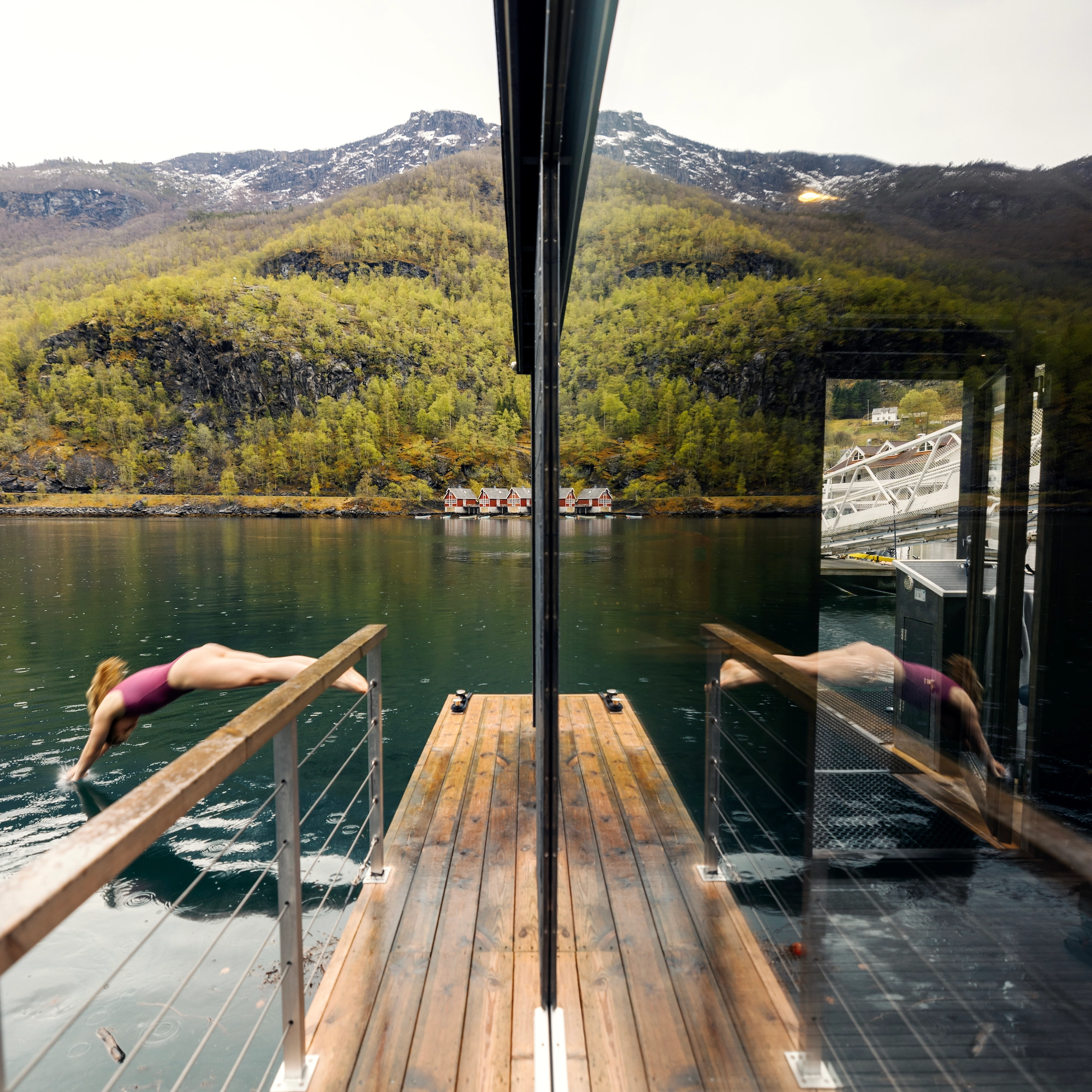
Fjord Sauna in Flåm
Flåm • 1 hr 30 min
From 425NOK
Available all year
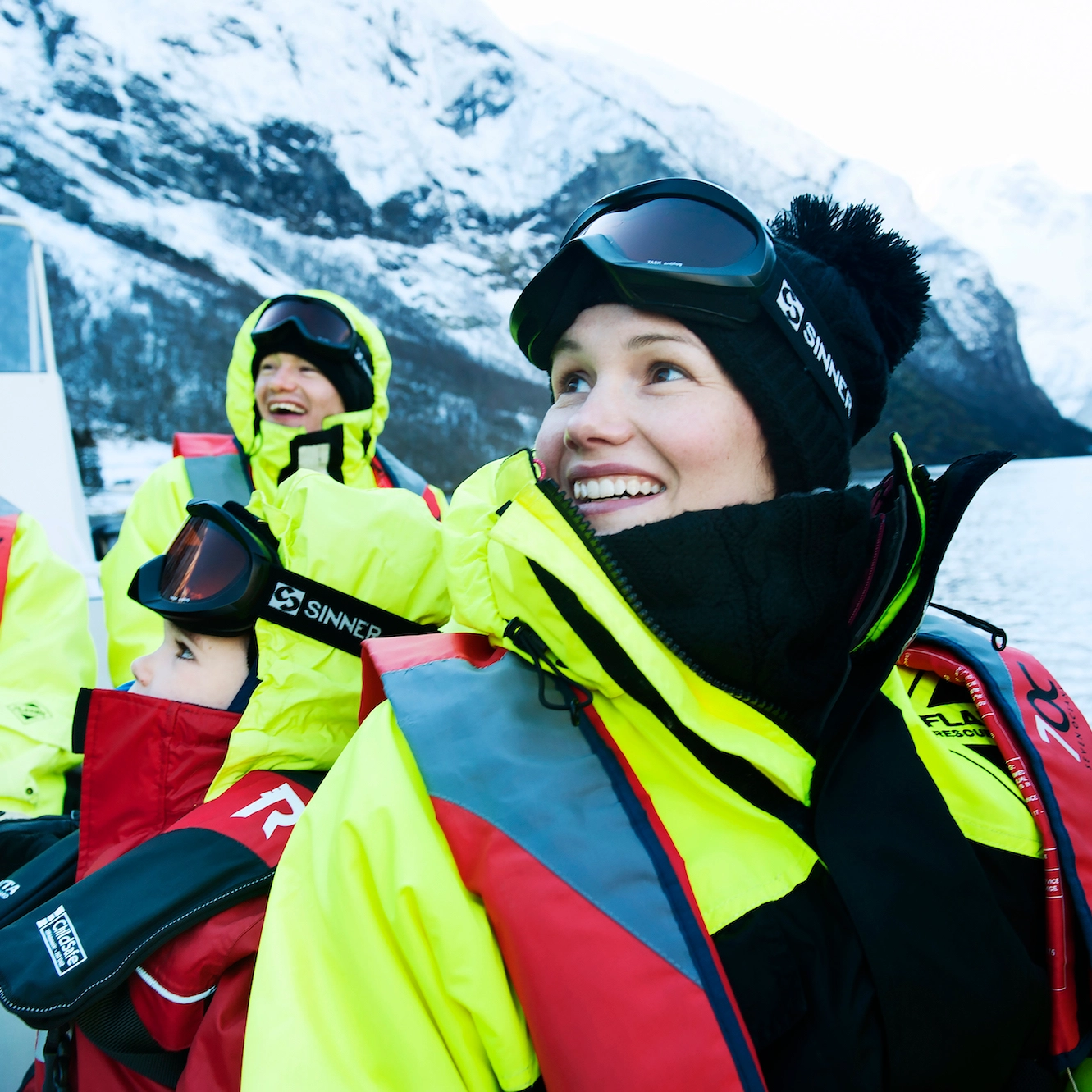
Winter fjord safari and viking dinner in Flåm
Flåm • 2 hr 45 min
From 1540NOK
Available 1 November - 31 March
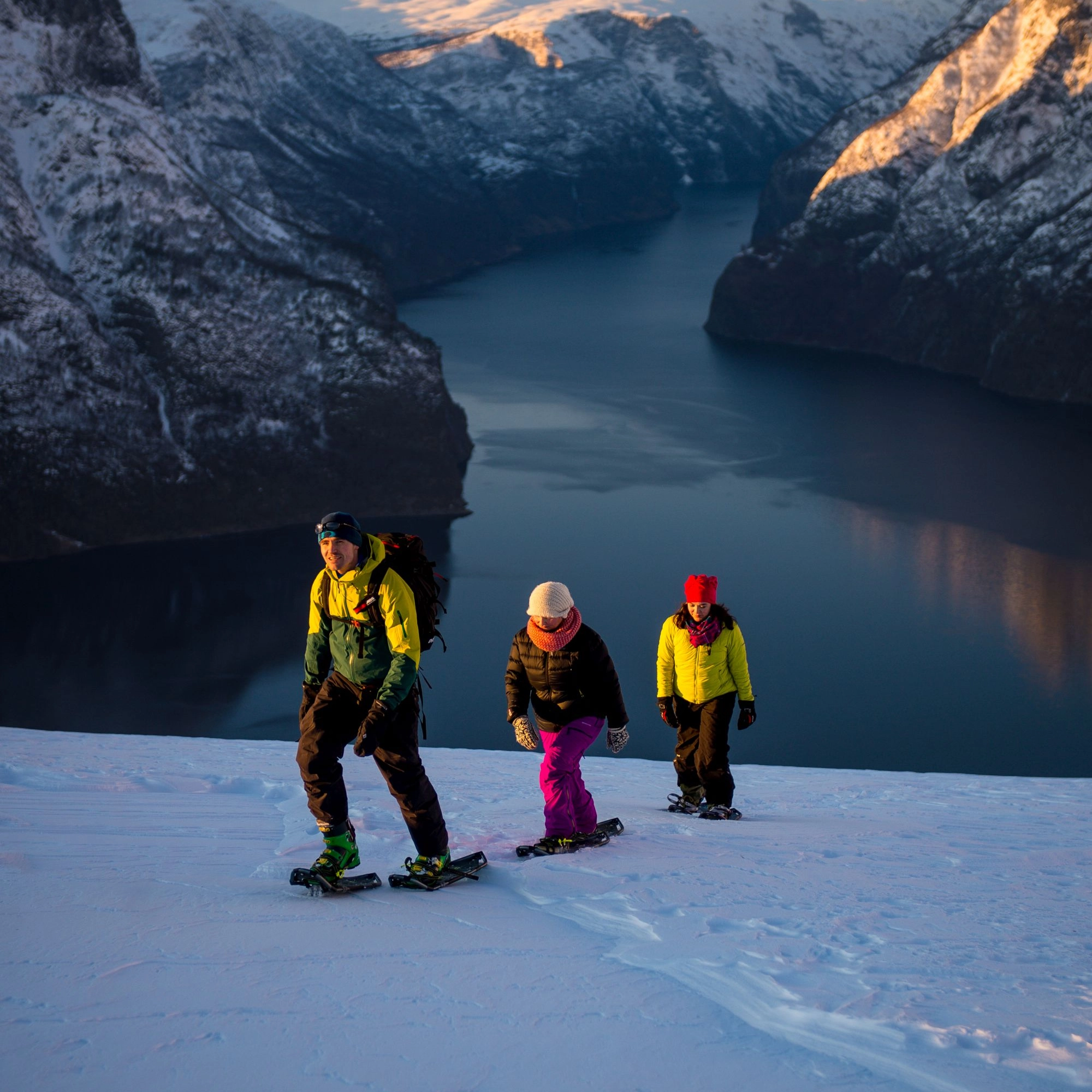
Snowshoe hike and viking dinner in Flåm
Flåm • 2 hr 30 min
From 1550NOK
Available 26 December - 31 March
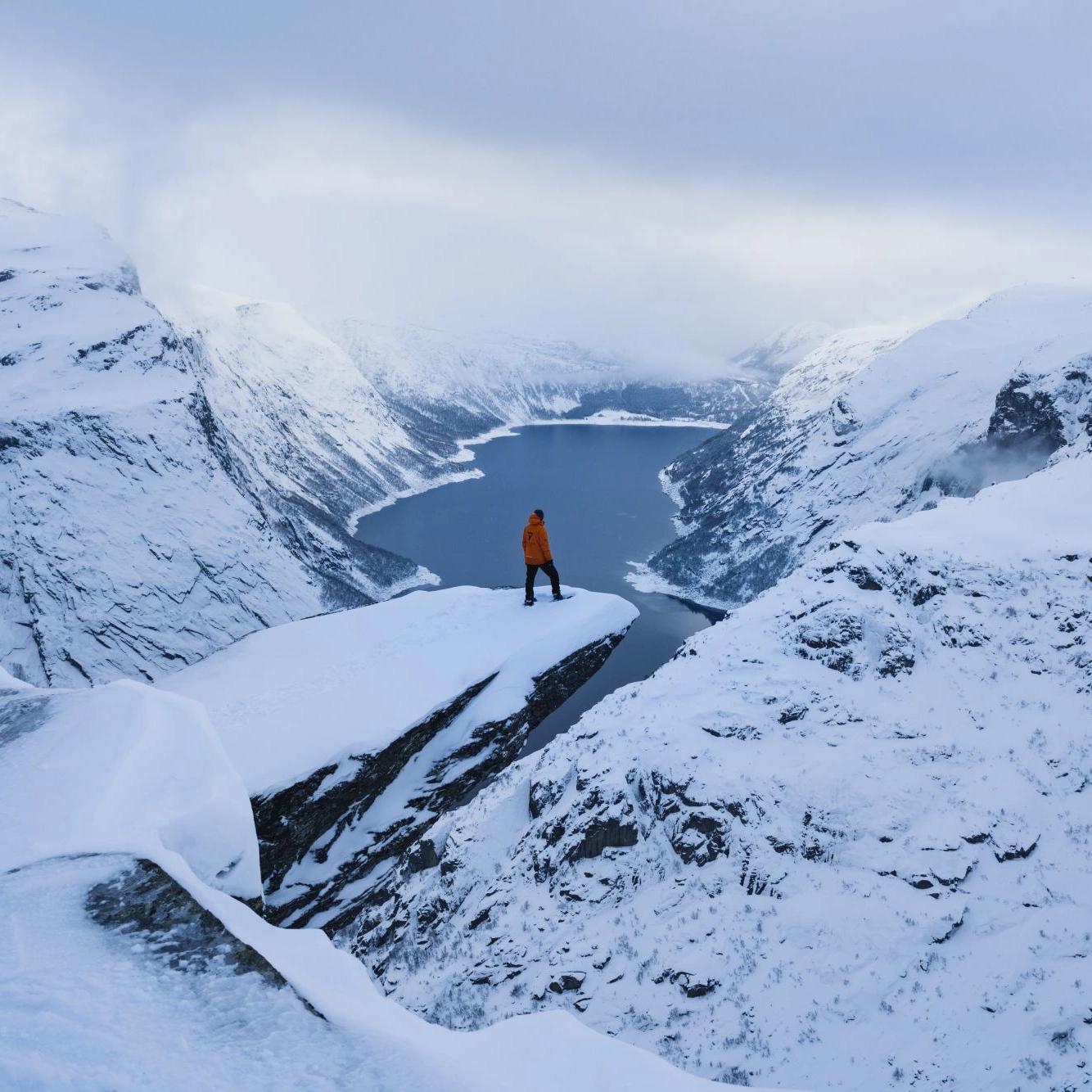
Winter tour to Trolltunga
Multiple locations • 10 hr
From 1950NOK
Available 4 January - 30 May
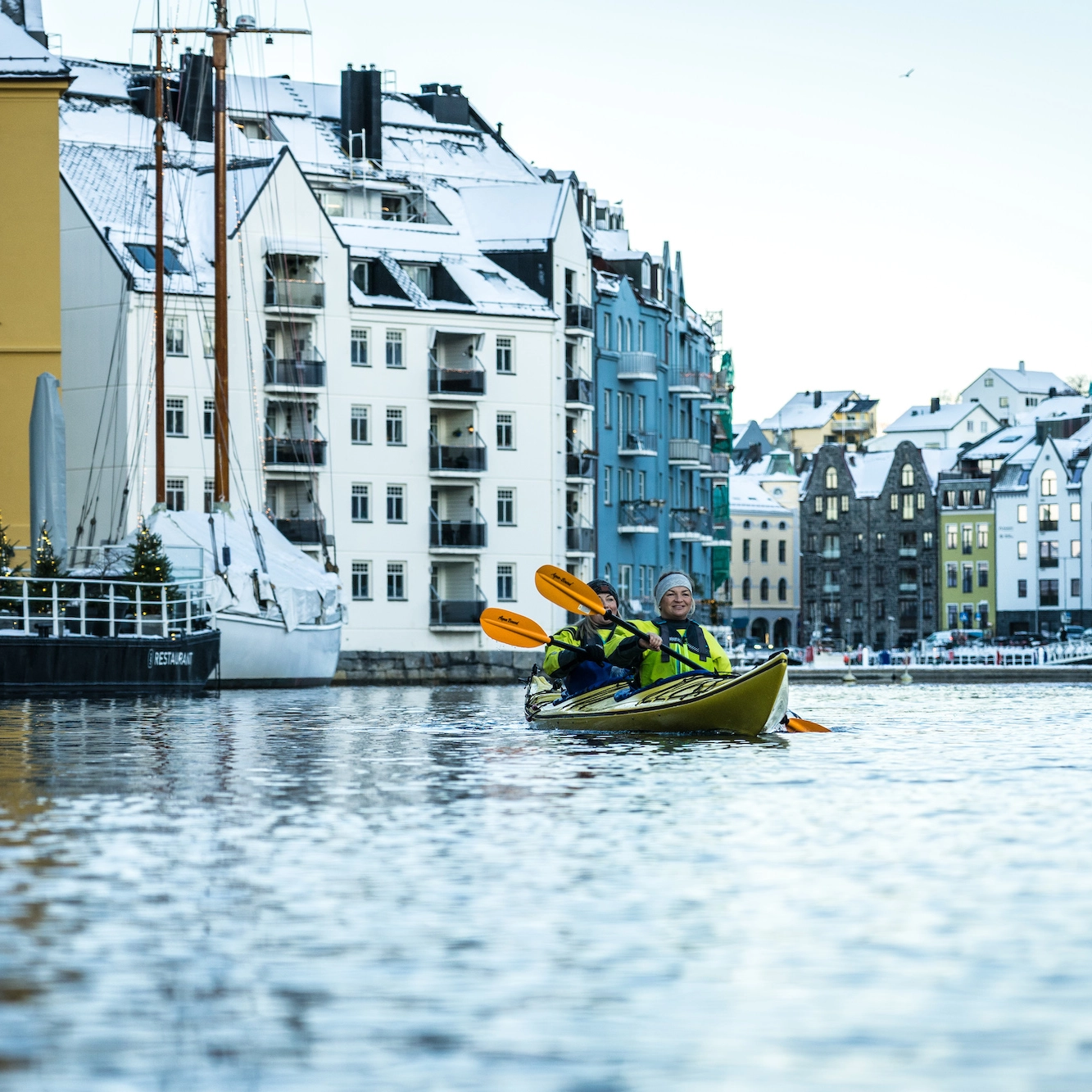
Winter kayak and sauna in Ålesund
Ålesund • 4 hr
From 1199NOK
Available 1 November - 30 April

Viking Village Njardarheim in Gudvangen
Gudvangen • 2 hr
From 235NOK
Available all year

Viking dinner and beer experience in Flåm
Flåm • 1 hr
From 725NOK
Available 1 October - 31 March

Guided viking trail hiking in Voss
Voss • 7 hr 30 min
From 2990NOK
Available 5 May - 25 October

Fjord Sauna in Flåm
Flåm • 1 hr 30 min
From 425NOK
Available all year

Winter fjord safari and viking dinner in Flåm
Flåm • 2 hr 45 min
From 1540NOK
Available 1 November - 31 March

Snowshoe hike and viking dinner in Flåm
Flåm • 2 hr 30 min
From 1550NOK
Available 26 December - 31 March

Winter tour to Trolltunga
Multiple locations • 10 hr
From 1950NOK
Available 4 January - 30 May

Winter kayak and sauna in Ålesund
Ålesund • 4 hr
From 1199NOK
Available 1 November - 30 April
Articles
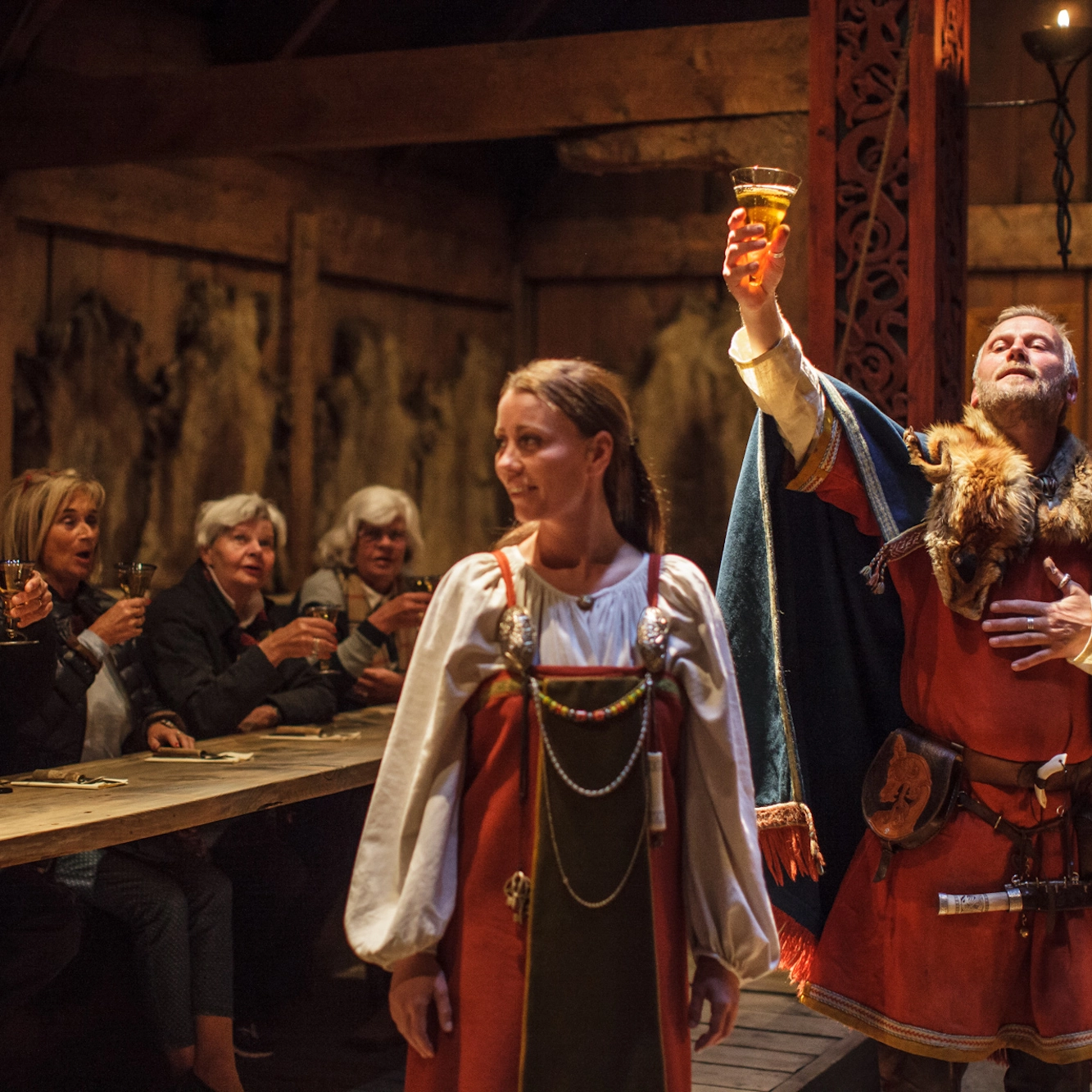
The most legendary female viking warriors that ever lived
When you think of Vikings, what comes to mind—their legendary ferocity, dedication to honor, their massive ships, and desire to invade and claim new lands? One thing that’s almost certainly left out is the fact that several of the most legendary vikings were in fact female.
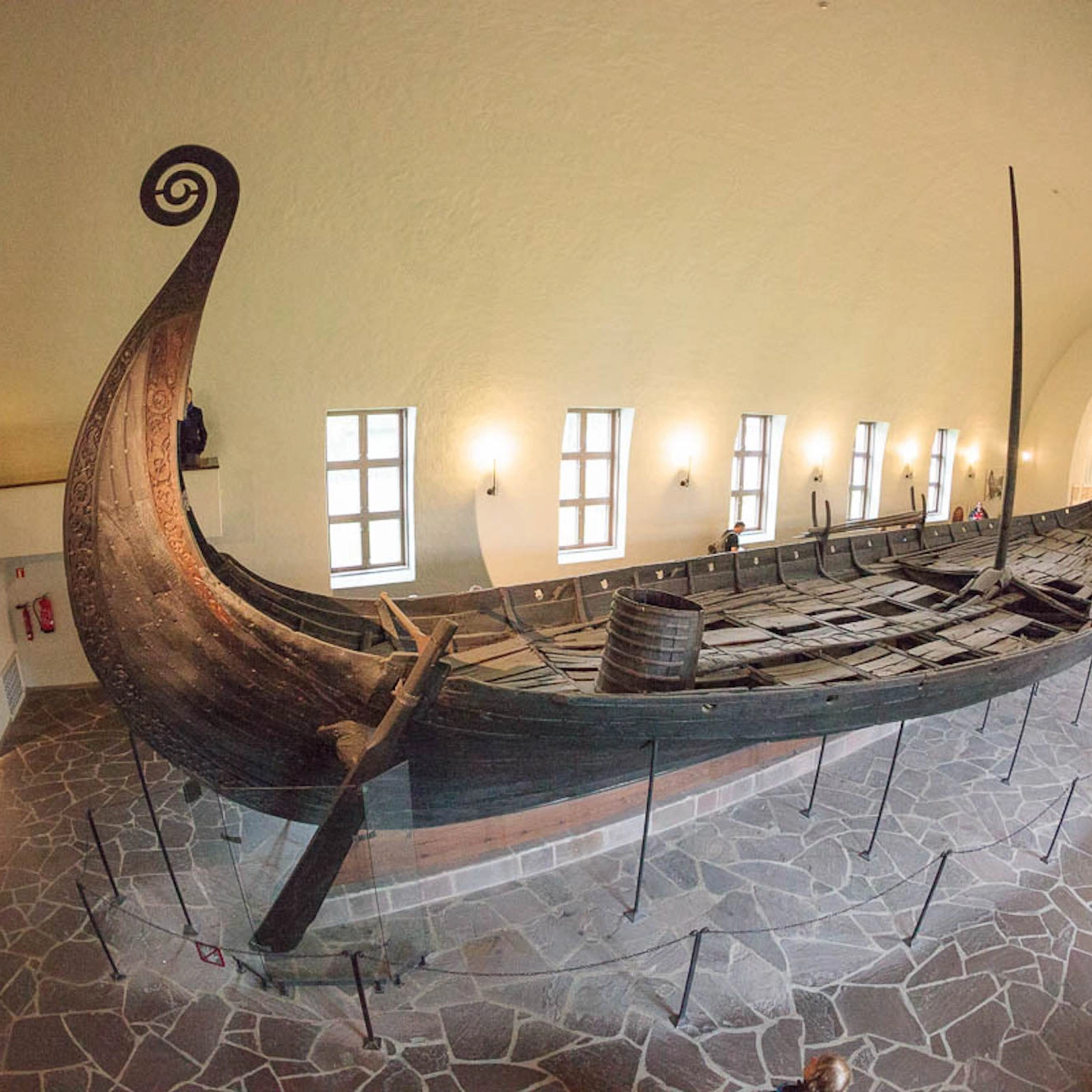
Vikings and democracy
When most people think about democracy, they tend to go straight to ancient Greece. However, what many people are not aware of is the fact that fans of modern democracy can actually thank Vikings for its creation.

Viking Travels
Many tourists who travel to Norway are eager to learn more about the history of the Vikings. And, we can’t blame them. The Vikings were fascinating, complex people. Although they are primarily known as fierce warriors, they also engaged in trade and transport across much of Europe and built incredibly advanced ships that fascinate historians to this day. Here is some of what we know about how and where the Vikings traveled during the late 8th to the 11th century.
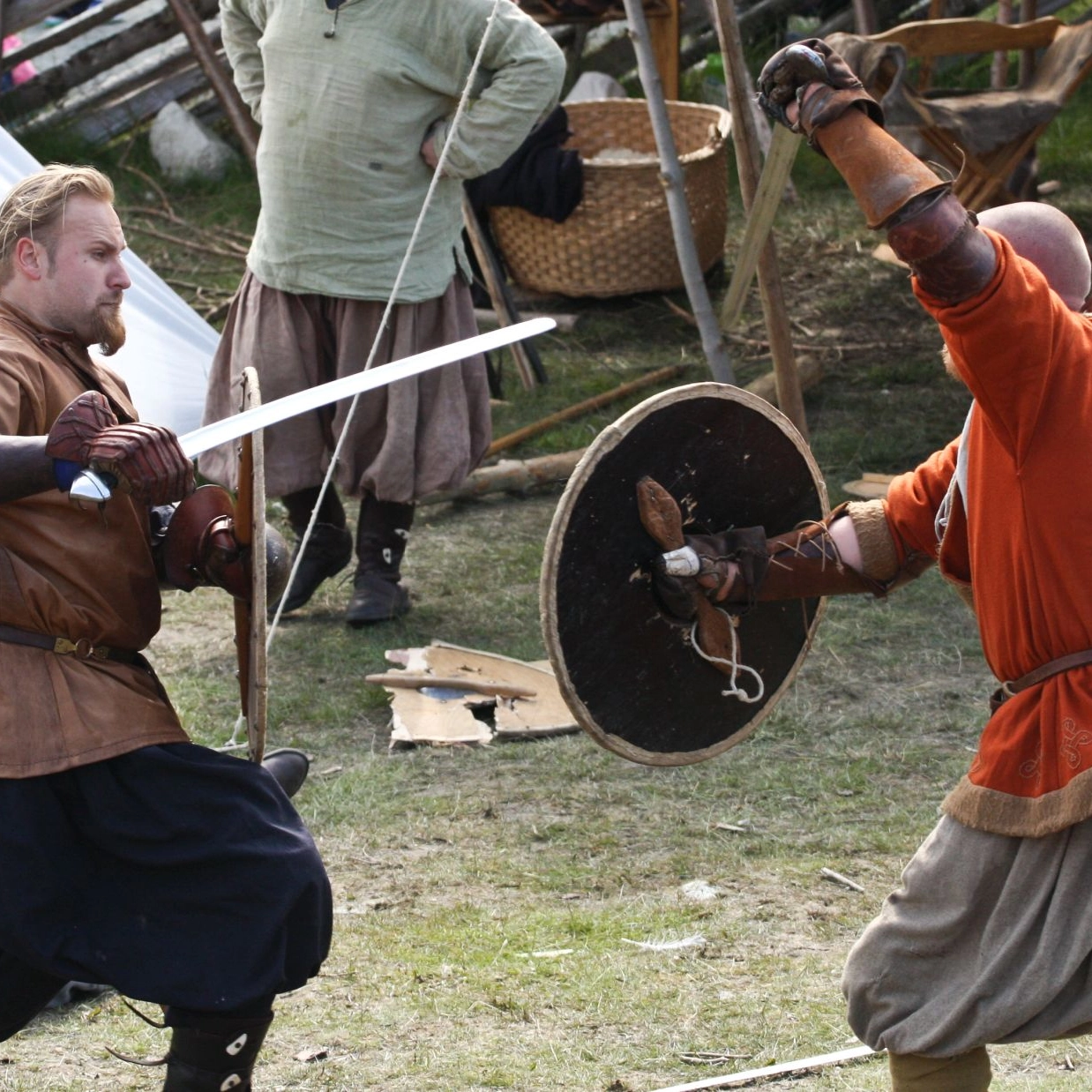
Exploring the social class system of Vikings
The history of the Vikings is something that draws millions of visitors to Norway every year in order to see things like the Viking Ship Museum. Although it is possible to see fictionalized accounts of Vikings in numerous TV shows and movies, a great opportunities to actually learn about the Vikings is to book a fjord tour in Norway and visit some of the historic sites they once ruled.
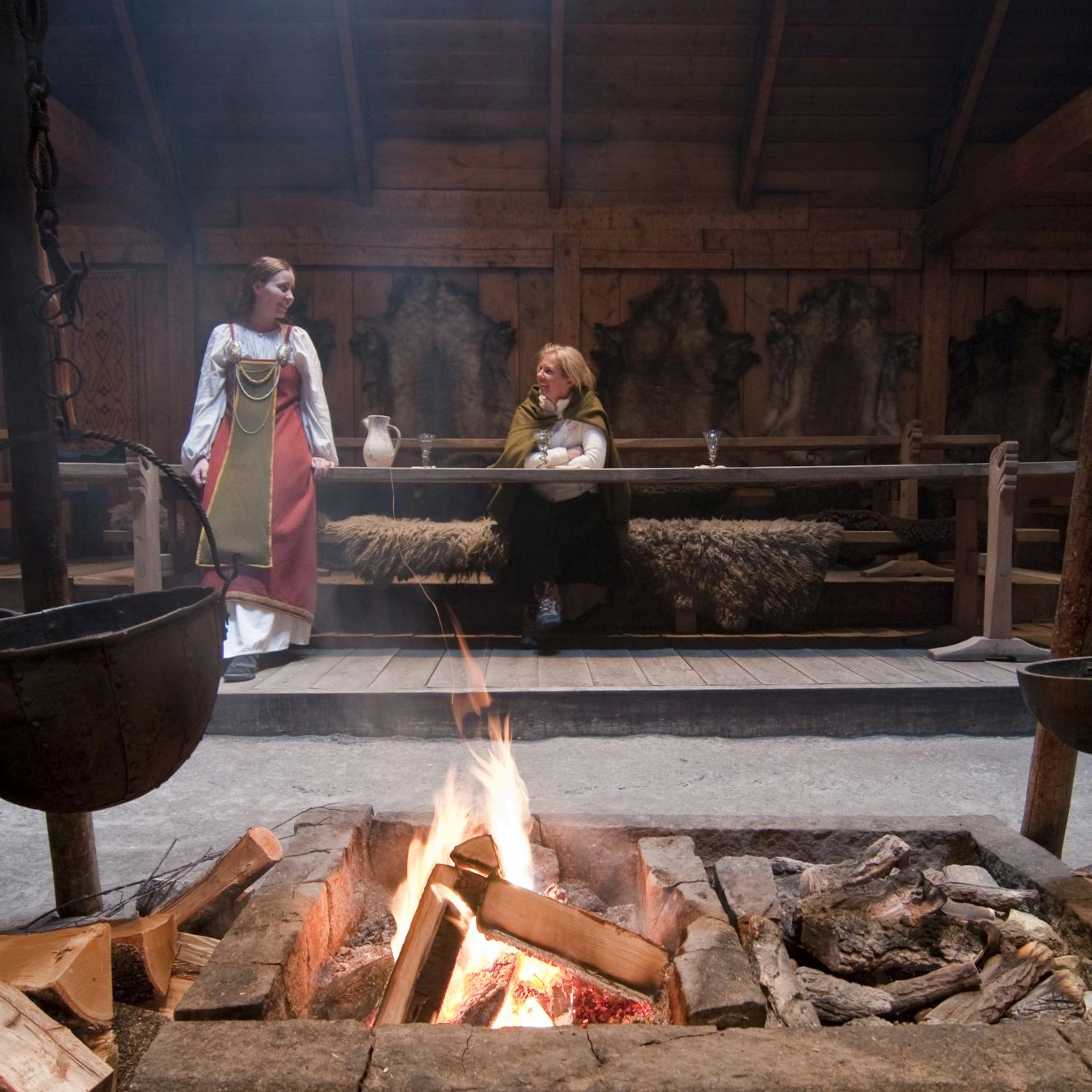
Viking villages in Norway
It’s no secret that there’s a strong Viking history in Norway. Even though the Viking era came to an end during the 11th century, the legacy of Vikings lives on. For those interested in learning more about Viking history, culture and tradition, there are several attractions ranging from museums and historical sites to Viking villages that bring history to life and give you a sense of stepping back in time to the Viking Age.

The 10 most powerful Norse Gods and Goddesses
Just like any other form of ancient civilization, the Vikings of Scandinavian countries had their own god-based belief system. These mighty Viking warriors followed figures that were even more powerful than they were. After all, they needed some way to explain the natural wonderment of the fjords in Norway, so they turned to a collection of gods and goddesses as the answer.
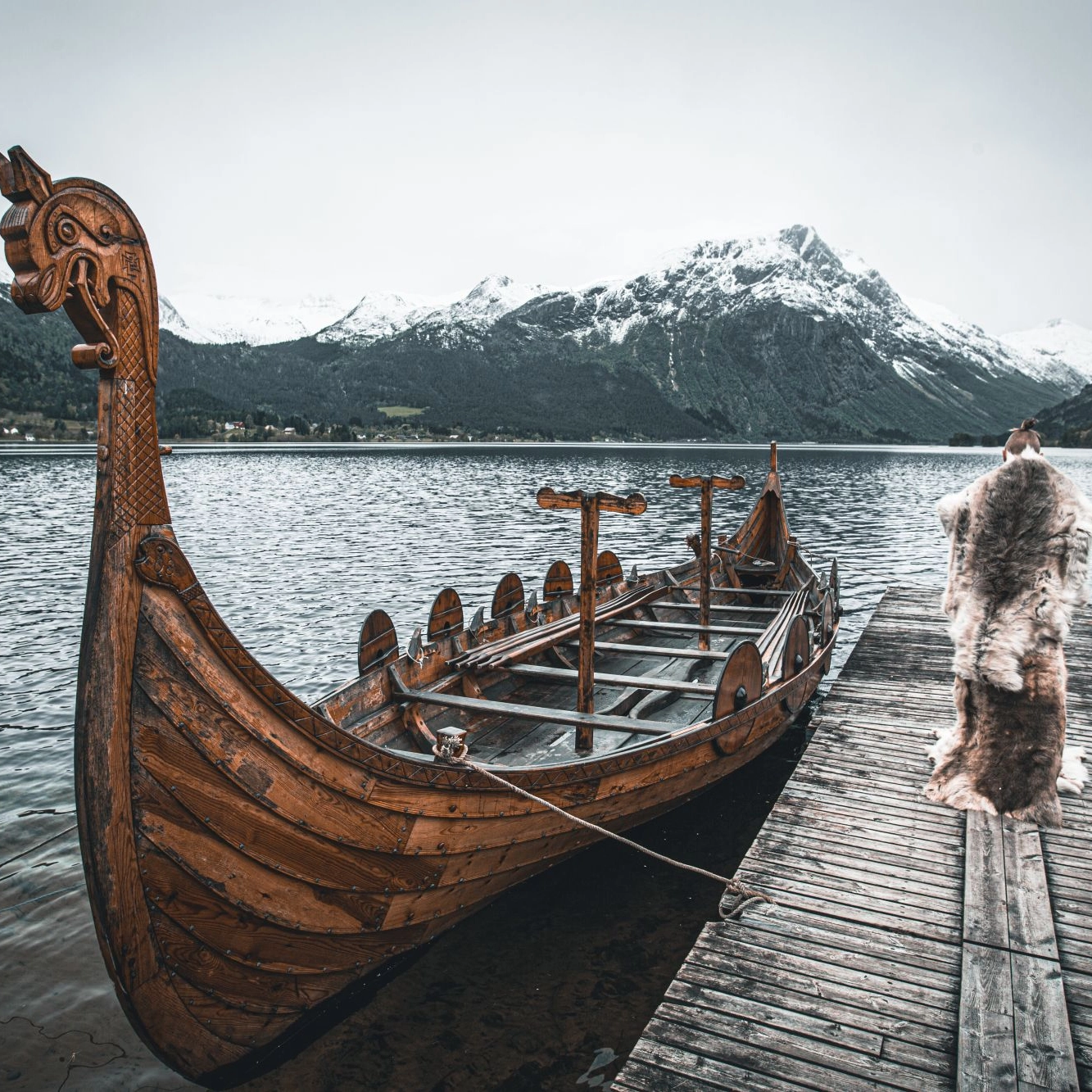
Vikings past and present
Norway has a strong Viking history, and for interested travellers, there are plenty of fantastic attractions all over the country that you can visit to learn more about this interesting part of our history. In this article, we’ll tell you all about Norway’s viking past – and how you can explore its legacy in the present.
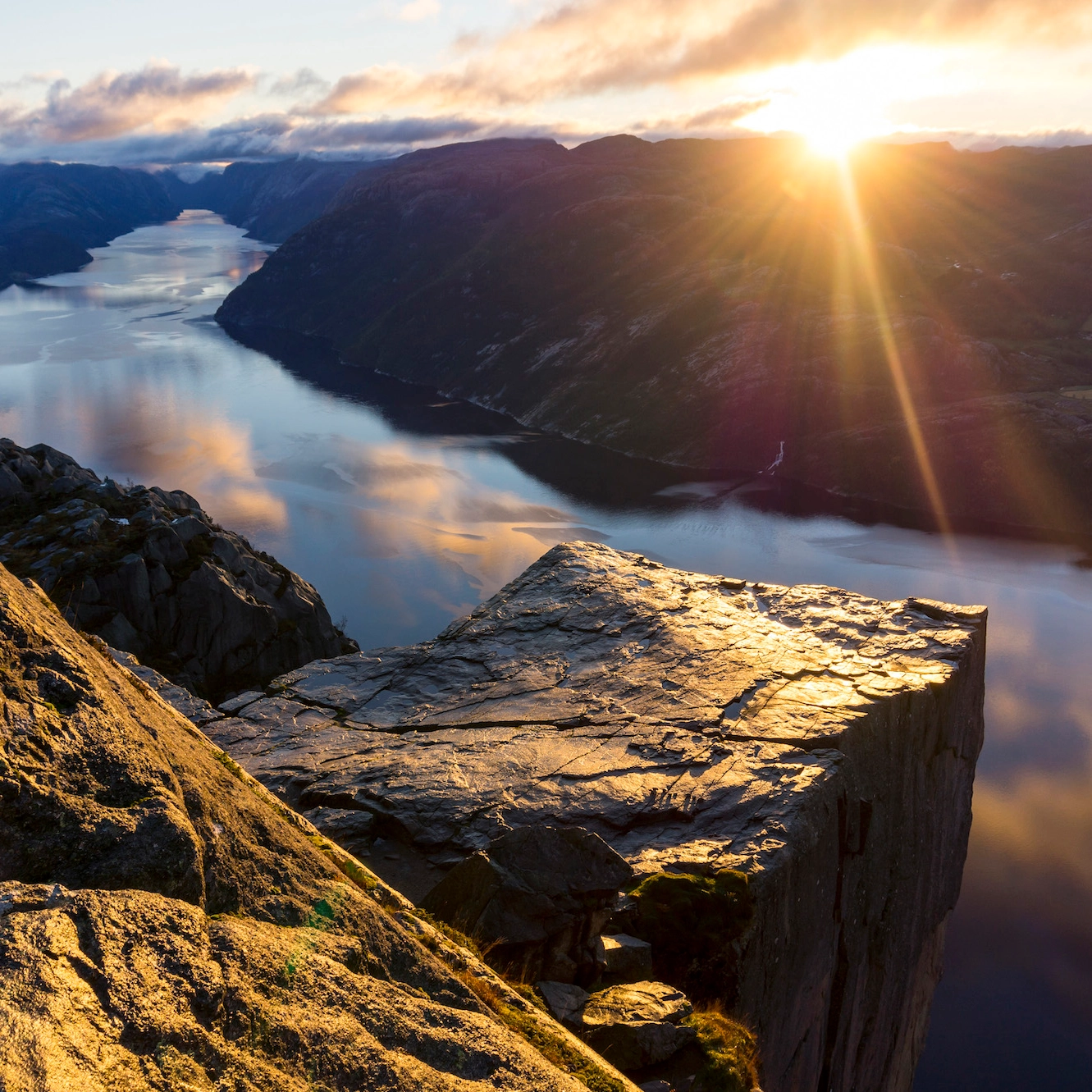
How the medieval warm period changed Norway forever
Did you know the oldest human skeleton found in Norway was carbon-dated to 6,600 BC? The history of Norway has been influenced to an extraordinary degree by the terrain and the climate of the region.
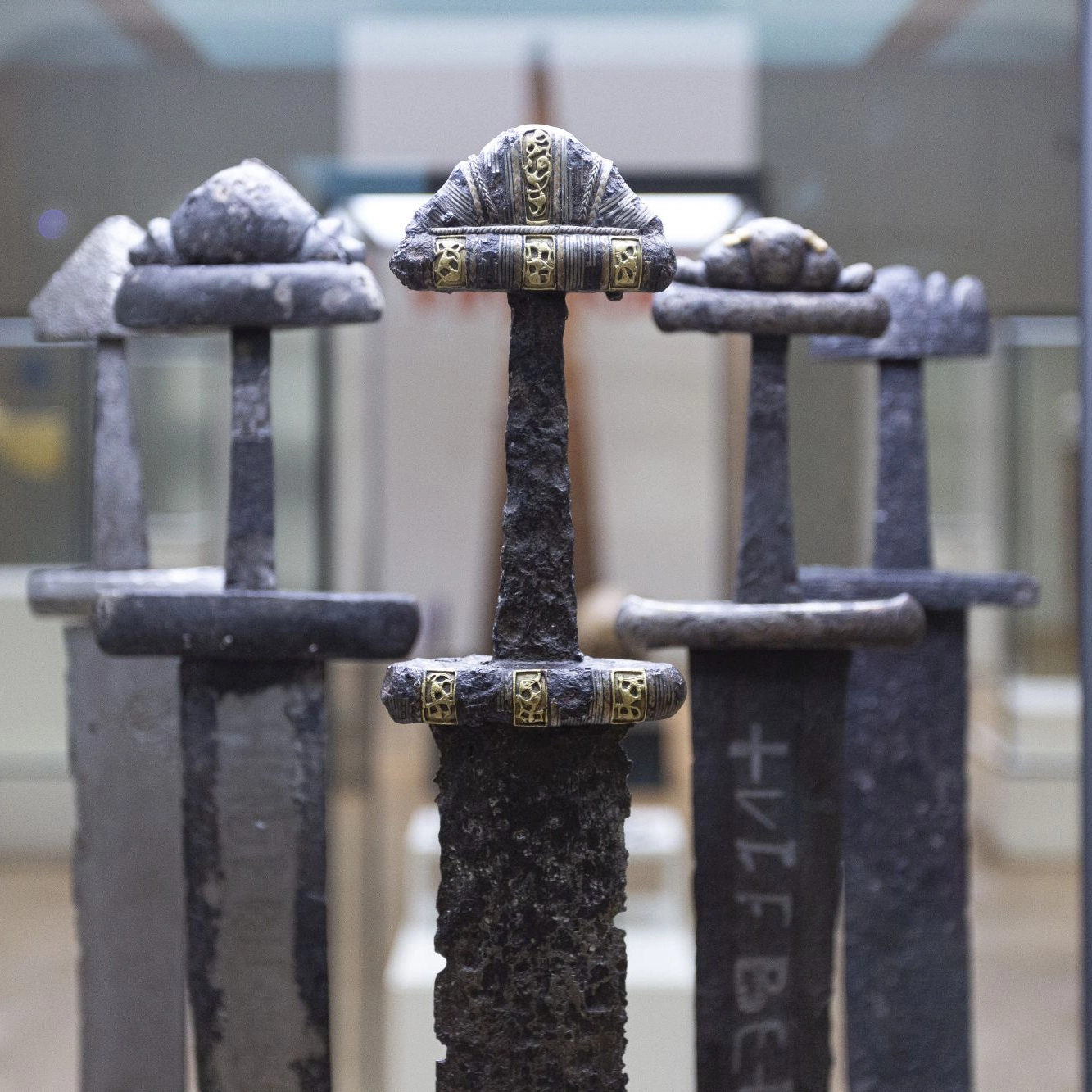
The history of Norwegian Vikings
Though the Vikings lived long ago, their strong legacy lives on and there’s no shortage of interest in their history and traditions. There are plenty of ways for interested travellers to experience Viking life and traditions in modern Norway. For history buffs and families with kids, a trip to Norway is a fantastic way to explore Viking history – all over the country, you’ll find museums, tours, Viking villages and more just waiting to be discovered.
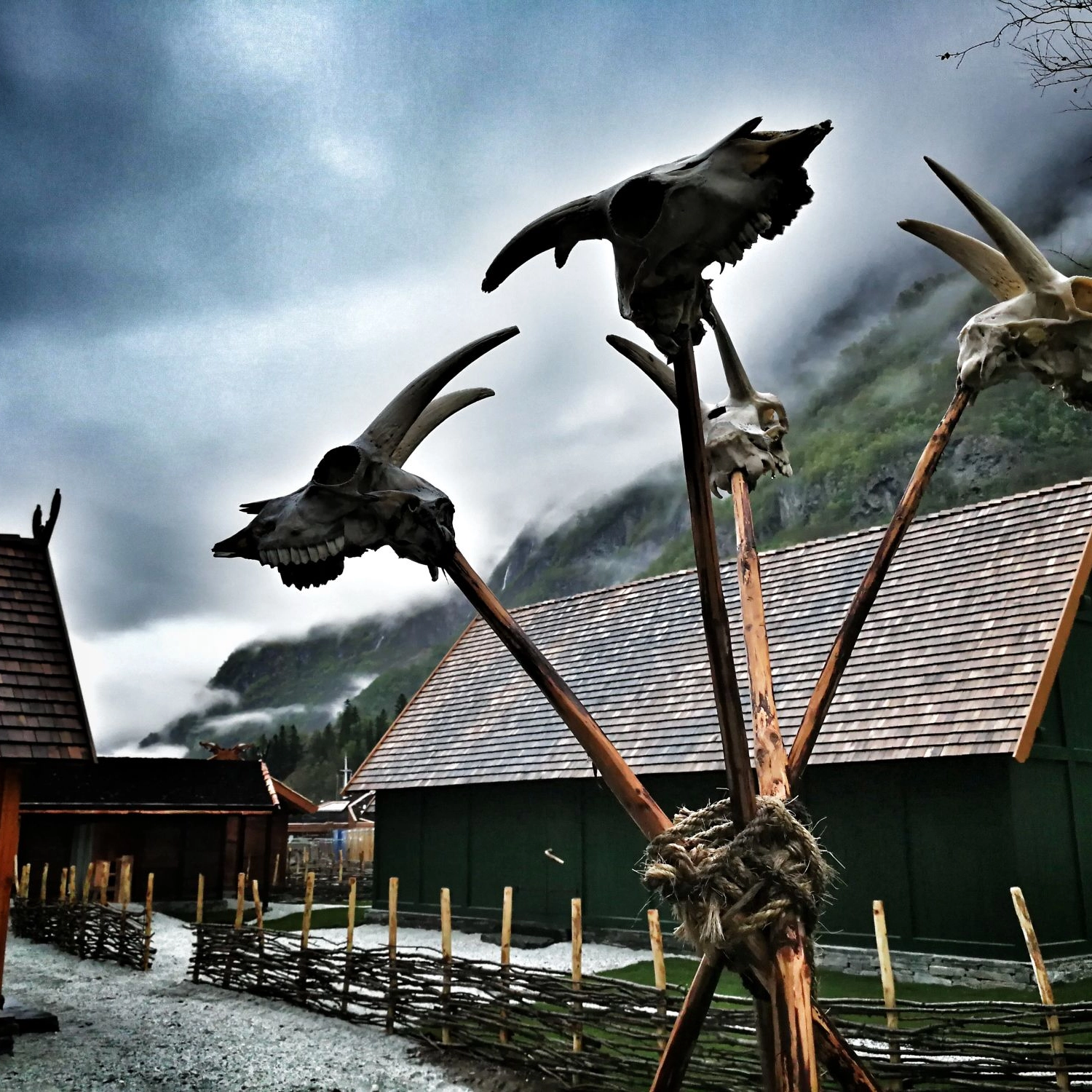
Connecting to Viking culture in the modern day
Scandinavia’s strong Viking history has had a lasting impact around the world. In fact, Viking culture is alive and well in many parts of the world today, and not just in Scandinavia. Popular shows such as Vikings have contributed to the strong interest in Viking culture and traditions, which are currently experiencing a revival in the modern day.
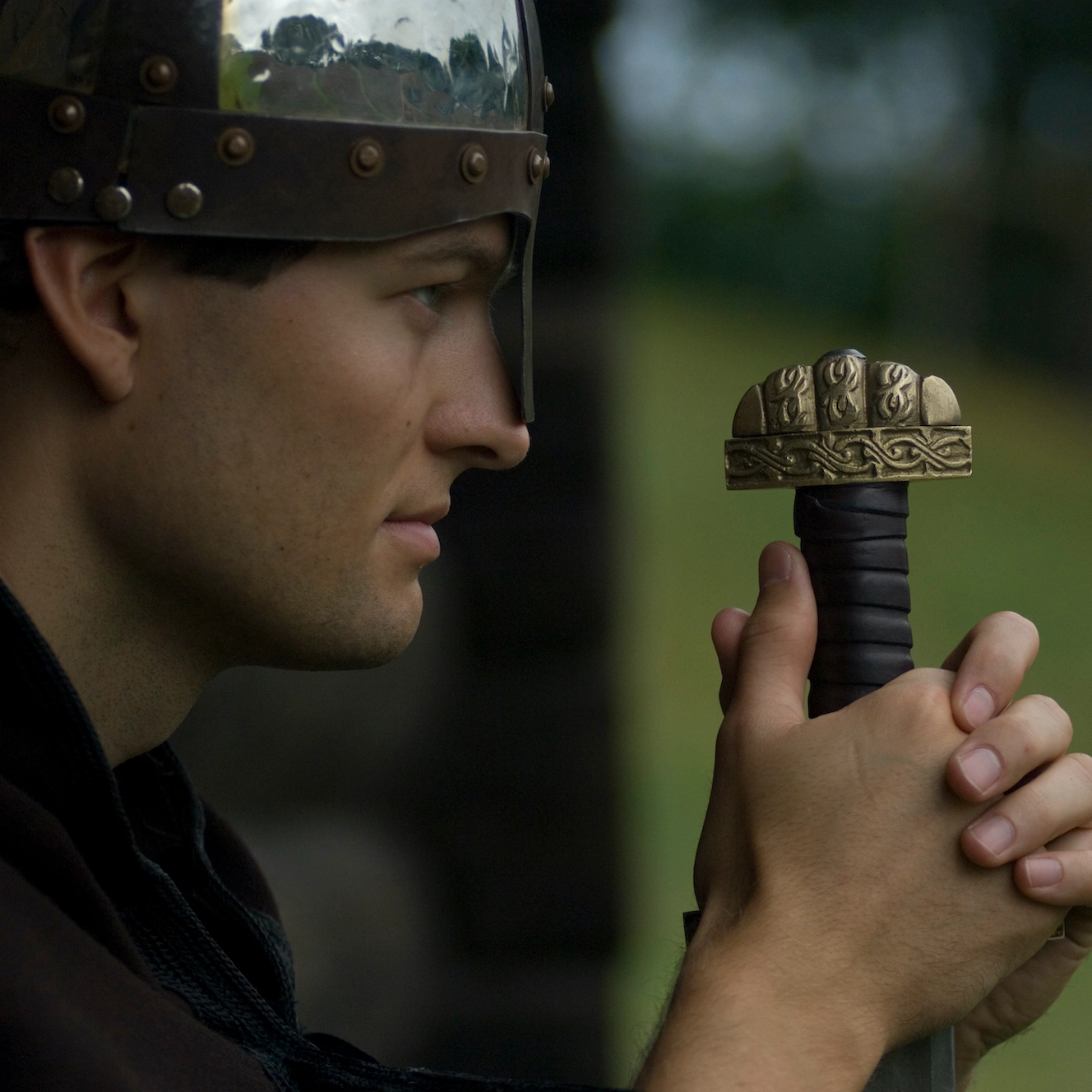
What is the Viking honor system?
When most people think about the Vikings that once wandered the Norwegian fjords, they tend to picture chaotic and violent warriors that lived by no one's rules. However, the reality is that they had a complex honor system that they lived by.
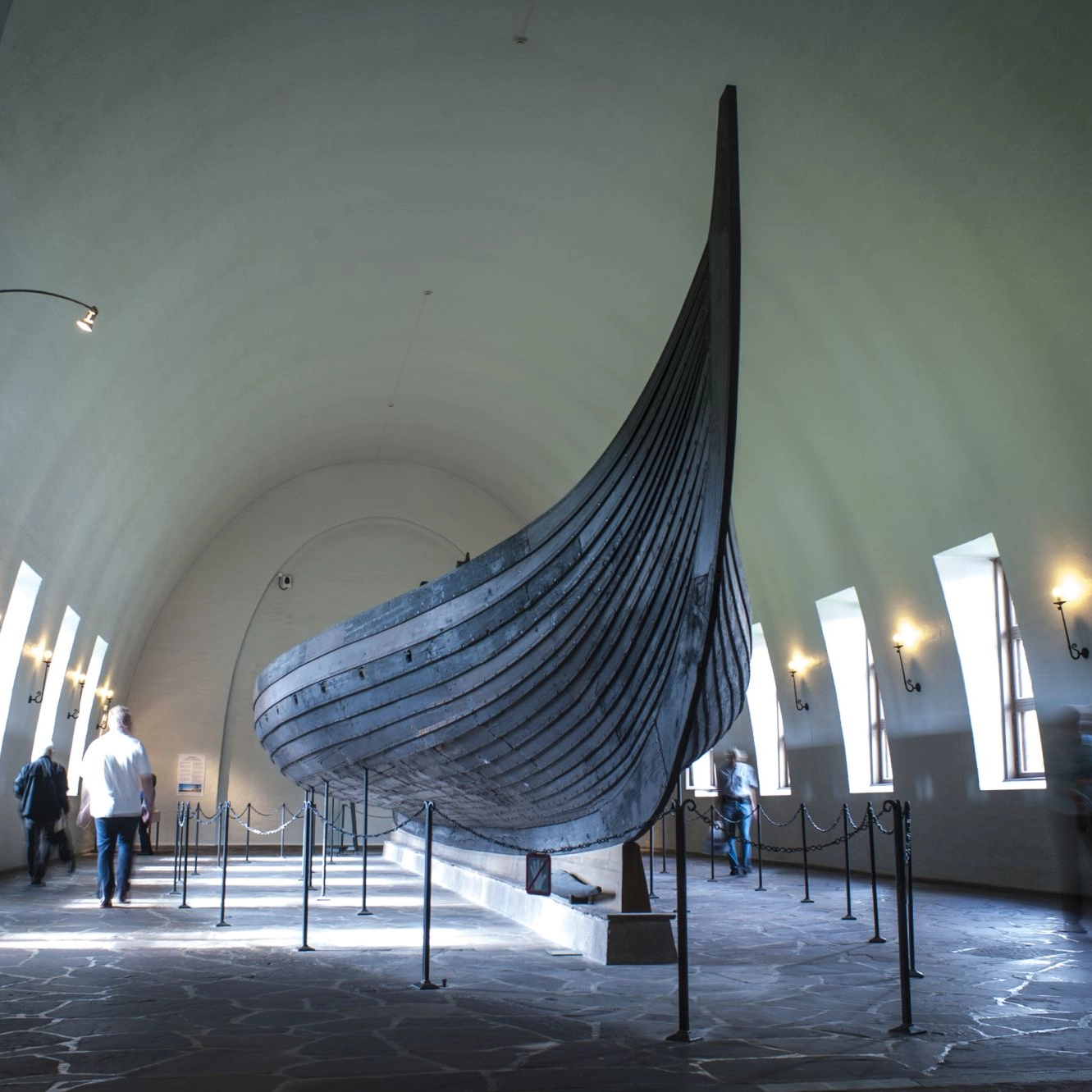
The fascinating history of Viking ships
No history of Norway is complete without mention of the Vikings. The Vikings were Scandinavian seafarers who raided and traded goods across a wide swath of Europe from the 8th to the 11th century. Much of the Vikings’ ability to expand can be credited to their ships. Viking ships were used for transport, trade, and warfare.
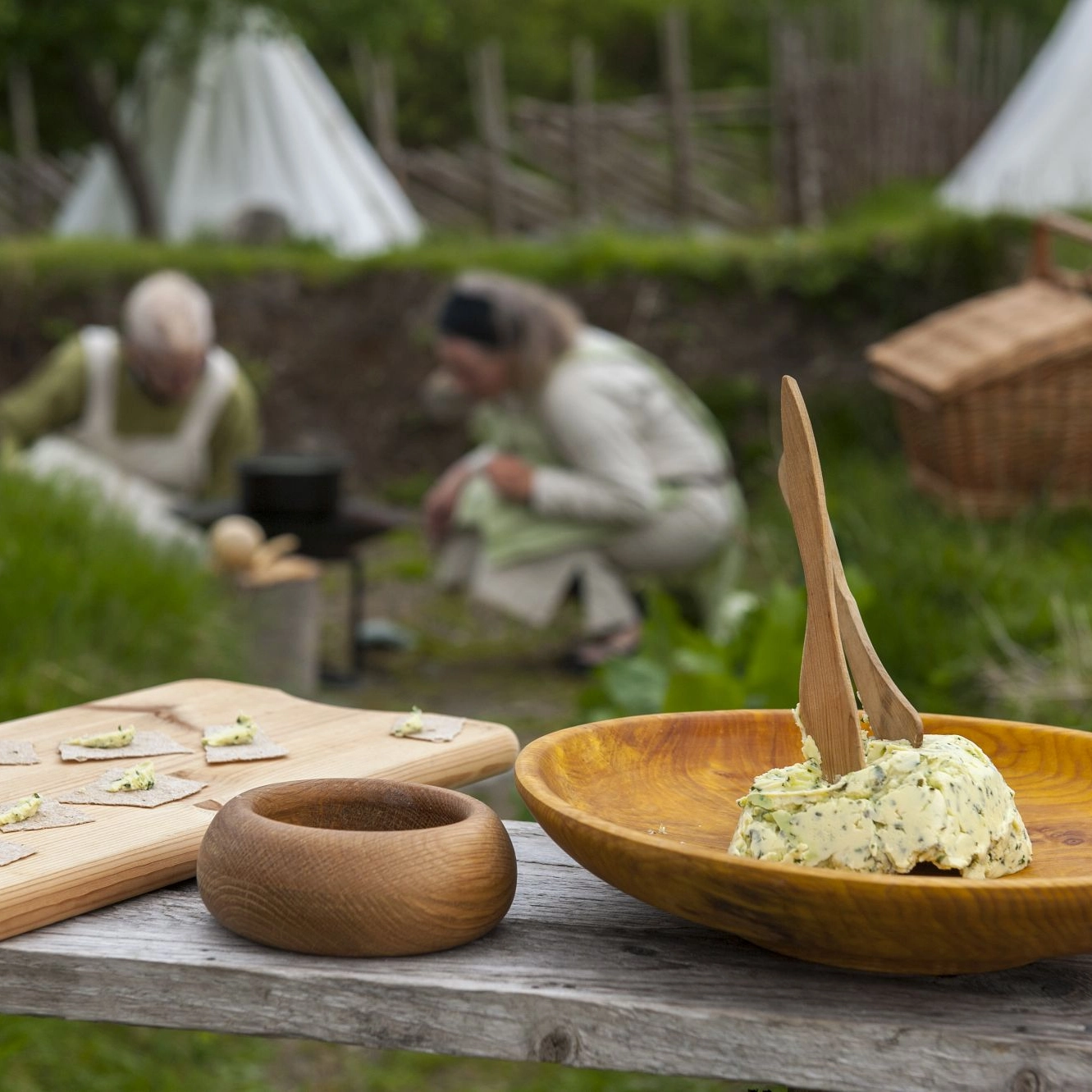
What did the average viking eat?
When your every-day activities include pillaging villages and exploring the impressive fjords in Norway, you are going to need a lot of energy to sustain yourself. This means eating some pretty astonishing meals in order to maintain proper health with such an active lifestyle.

Viking Christmas
Every December the Vikings would celebrate the Midwinter Solstice, the longest night of the year and the daylight is the shortest of the year. The celebration included drinking, feasting, songs, games, banquets, and sacrifices for the gods and the ancestor spirits for 12 days straight.
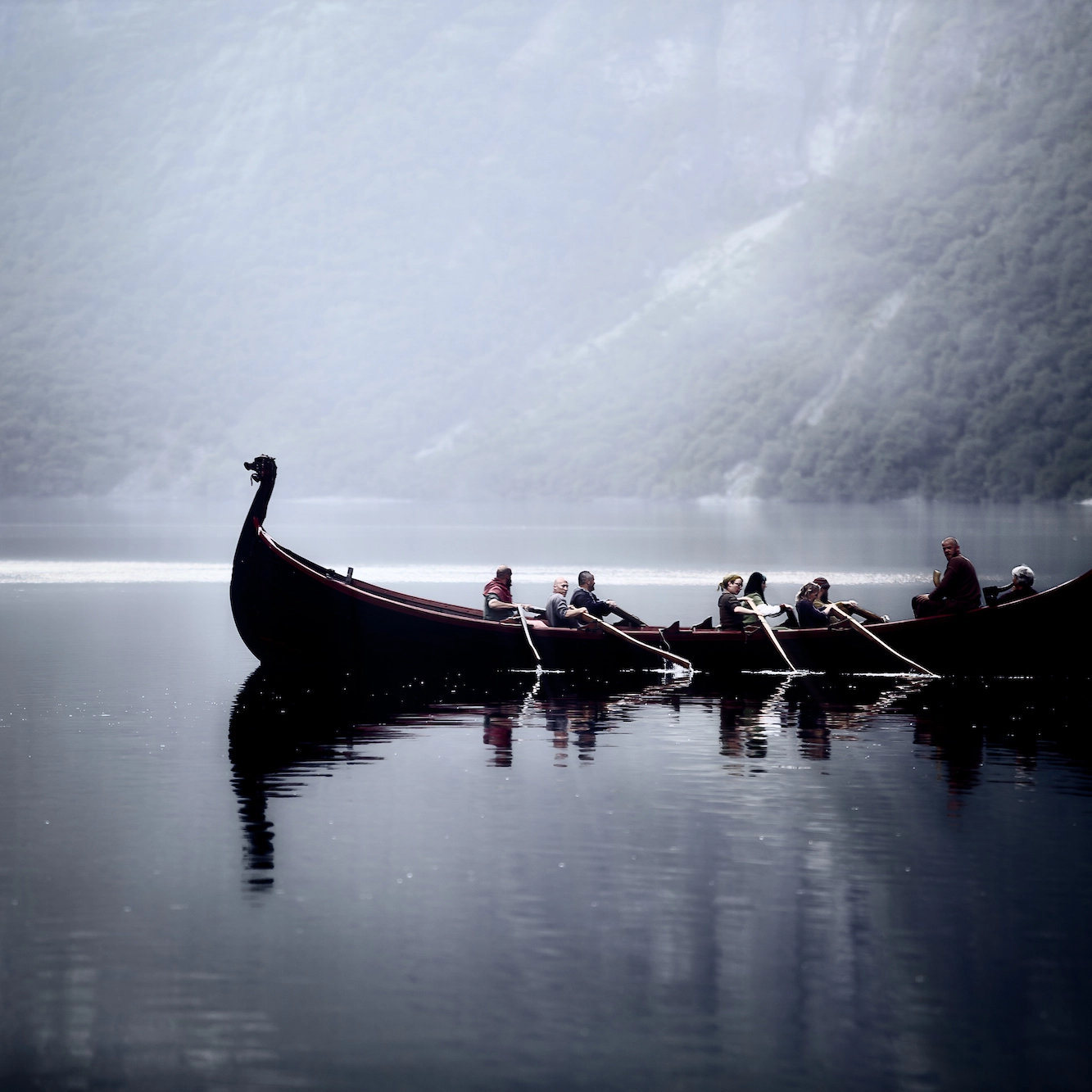
Norway’s mysterious norse myths and legends
Norway is one of the most popular travel destinations in the world, with countless people ranking it at the top of the list of countries they want to visit. Behind Norway’s well-known and varied tourist attractions, there’s a wealth of culture and history, including interesting myths and legends. In this article, we’ll look at some of the Norwegian folklore and legends that provide the backdrop for some of the biggest attractions in the country.
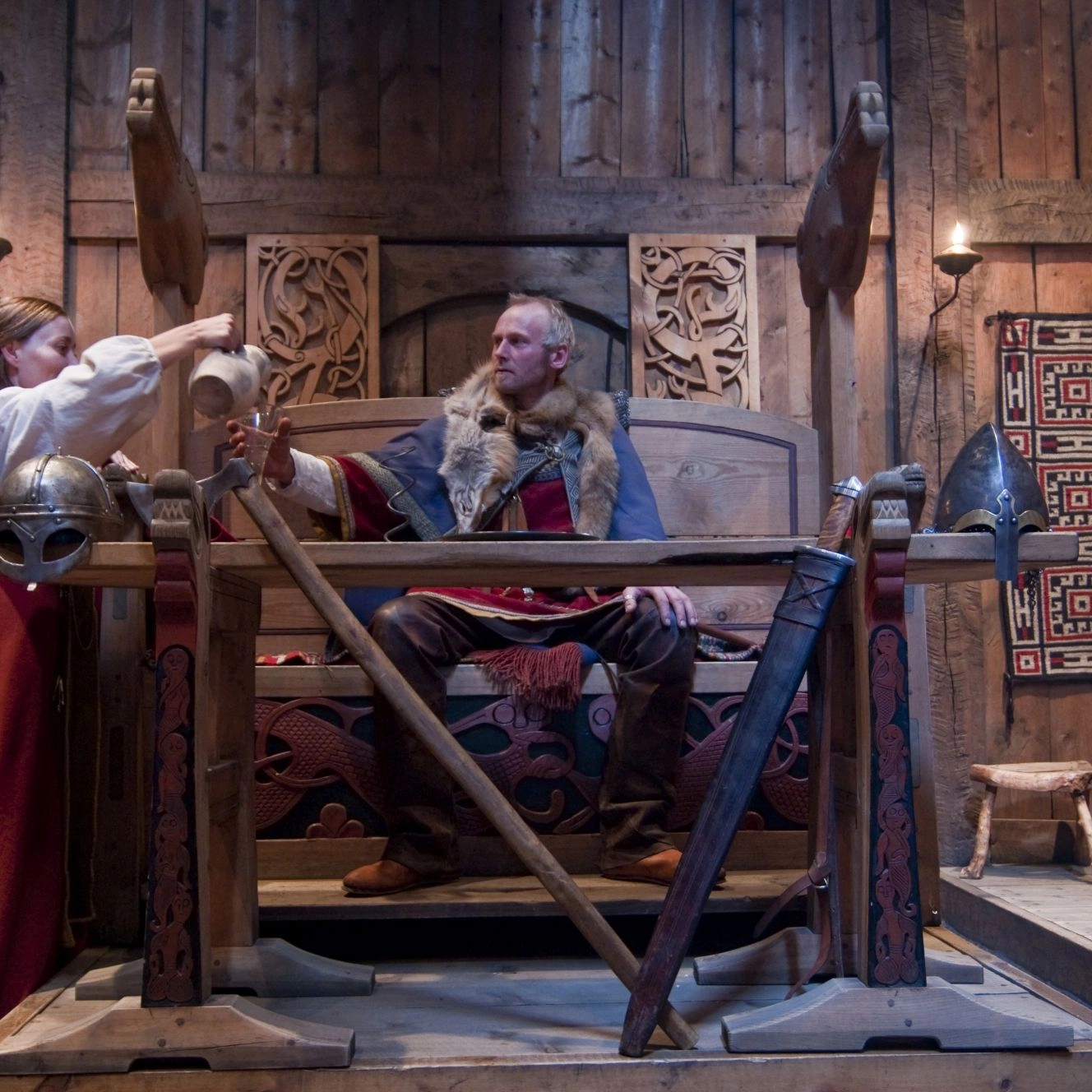
Medieval Viking feasts
A feast is a huge celebratory dinner with everything served in abundance. The Vikings were famed for their glutinous indulgence of food and habit of eagerly drinking beer or mead wine with every meal.
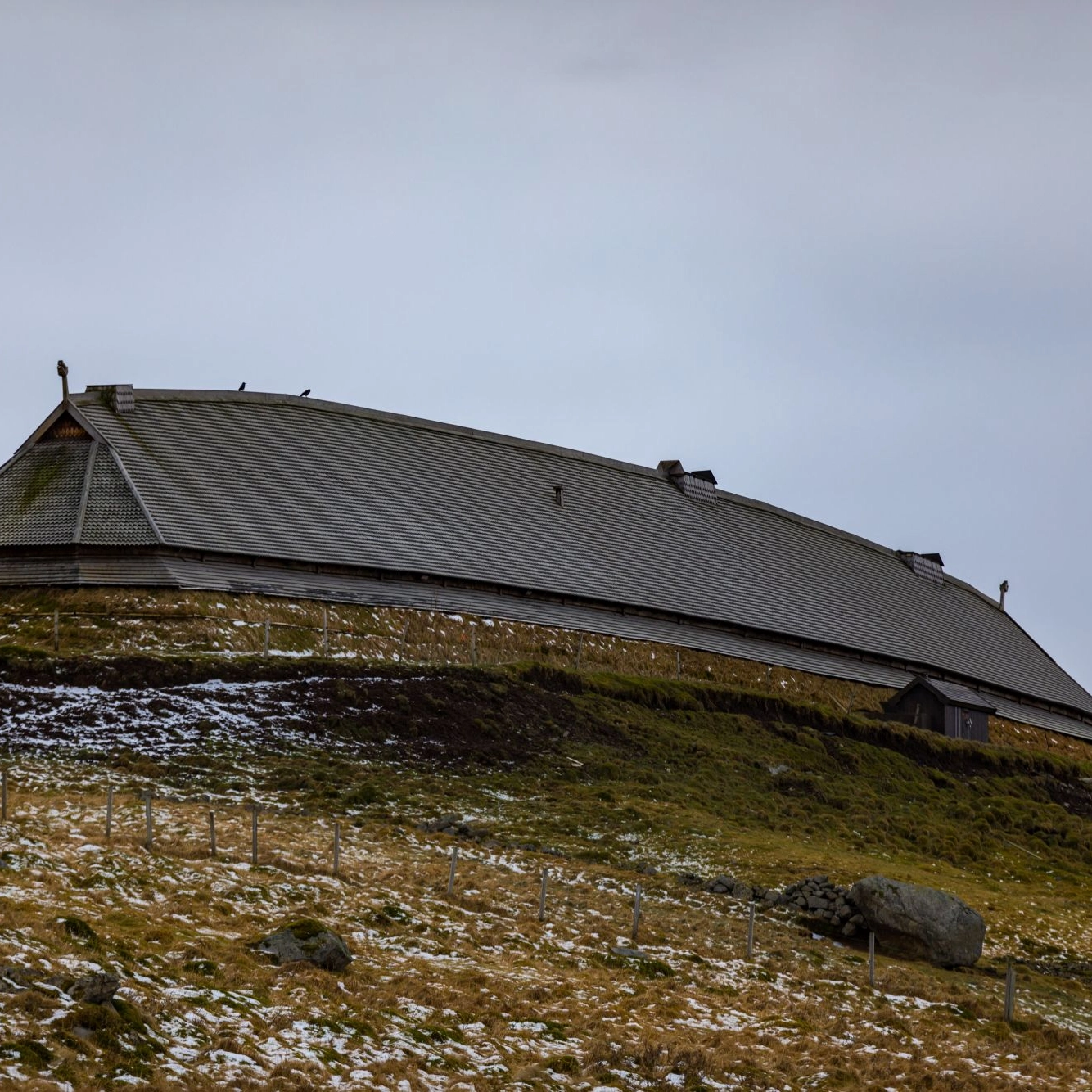
What did the Viking Household Look Like?
The Vikings lived a primarily nomadic lifestyle. In fact, in Norway today the term “Go Viking” means to go explore something new or to push your limits. However, when the Vikings did settle in towns and farms for either short or long periods of time, they built homes often referred to as longhouses.